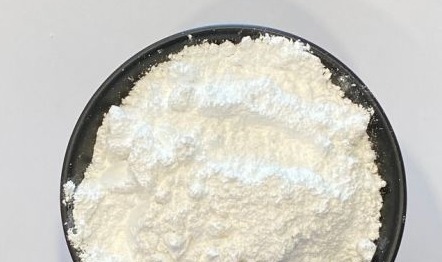Caustic Soda Flakes
|
IUPAC Name |
: Sodium hydroxide |
|
Cas Number |
: 1310-73-2 |
|
HS Code |
: 2815.11.00 |
|
Formula |
: NaOH |
Basic Info
|
Appearance Name |
: White Flakes |
|
Common Names |
: anhydrous caustic soda , caustic alkali , caustic flake , caustic soda, solid , caustic white , caustic, flaked , hydrate of soda , hydroxide of soda , LEWIS red devil lye , soda lye , sodium hydrate , sodium hydroxide, pellets |
|
Packaging |
: 25 Kg Bag |


---china.webp)
---south-korea.webp)

 English
English
 Indonesian
Indonesian
 简体字
简体字
 العربية
العربية
 Español
Español
 Français
Français
 Português
Português
 日本語
日本語
 한국어
한국어
 Tiếng Việt
Tiếng Việt
